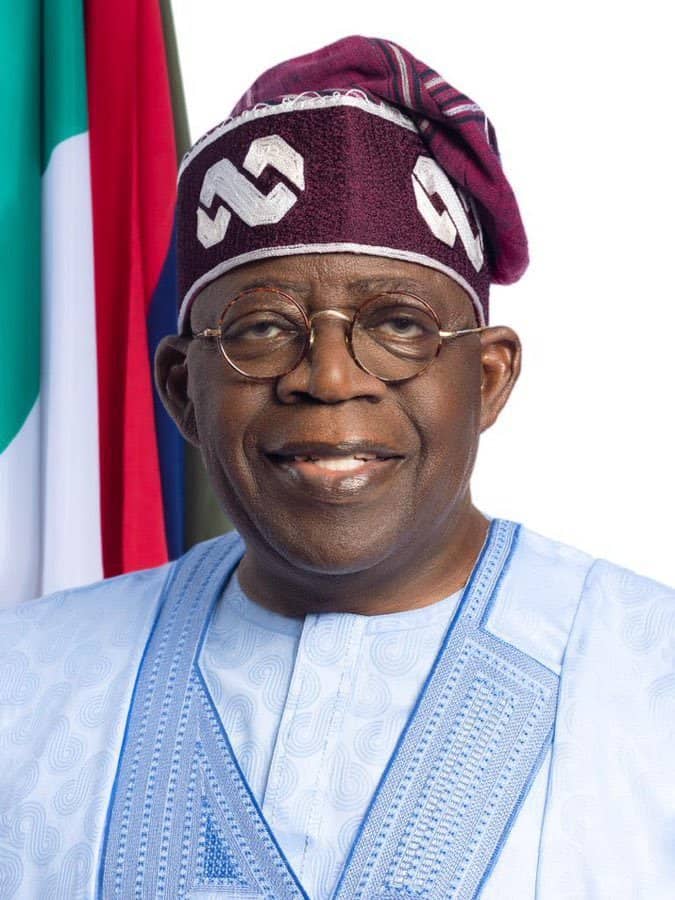…As W/Bank energy financing in Nigeria, others increase by $7.7b***
The oil output of the Organisation of Petroleum Exporting Countries (OPEC) has risen this month to it highets as Gulf members pumped more after a deal to ease supply curbs and Congo Republic joined the group. This is even as losses from Iran and Libya constrained the increase.
The OPEC has pumped 32.64 million barrels per day in July, a Reuters survey found yesterday found, up 70,000 bpd from June’s revised level and the highest this year with Congo added.
OPEC and allies agreed last month to boost supply as U.S. President Donald Trump urged producers to offset losses caused by new U.S. sanctions on Iran and to dampen prices, which this year hit $80 a barrel for the first time since 2014.
On June 22-23, OPEC, Russia and other non-members agreed to return to 100 per cent compliance with oil output cuts that began in January 2017, after months of underproduction in Venezuela and elsewhere pushed adherence above 160 per cent.
Saudi Arabia said the decision would translate into an output rise of about 1 million bpd.
OPEC’s collective adherence with supply targets has slipped to 111 per cent in July from a revised 116 per cent in June, the survey found, meaning it is still cutting more than agreed.
Following the OPEC decision, Kuwait and the United Arab Emirates raised output by 80,000 bpd and 40,000 bpd respectively in July, the survey found.
The bulk of the Saudi supply boost appears to have been delivered in June as Riyadh tapped storage tanks to push supply to 10.60 million bpd, near a record high. The increase infuriated Iran and surprised other OPEC members with its scale.
Riyadh has boosted supply in July by a further 50,000 bpd from June’s revised level, the survey found, because domestic crude use in refineries and power plants has risen while exports have held close to June’s rate.
Supply in Nigeria, often curbed by unplanned outages, rose by 50,000 bpd. Royal Dutch Shell’s Nigerian venture lifted force majeure on Bonny Light crude exports. Nigeria and Libya were exempt from the original supply-cutting deal.
In the meantime, the World Bank has stated that it has exceeded its financing target in new energy for Nigeria and other developing countries. In its latest report, the bank stated that 32.1 per cent of its financing had climate co-benefits, already exceeding the target set in 2015 while 28 per cent of lending volume would be climate-related by 2020.
According to the bank’s CEO, Kristalina Georgieva: “We have not just exceeded our climate targets on paper, we have transformed the way we work with countries and are seeing major transitions to renewable energy, clean and resilient transport systems, climate-smart agriculture and sustainable cities.” This amounted to a record-setting $20.5 billion in climate-related finance delivered in the last fiscal year, the result of an institution-wide effort to mainstream climate considerations into all development projects. “This gives the most vulnerable people a fighting chance against climate change, by confronting and adapting to today’s impacts and working to contain future damage to our planet,” Georgieva added.
He said that the 28 per cent target was a key goal of the bank group’s Climate Change Action Plan, adopted in April 2016, and was designed to support countries to deliver on their national goals under the Paris Agreement on climate change. Georgieva stated that the resulting increase in financing for climate action has driven strong results, including generating or integrating 18 gigawatts of additional renewable energy into electricity grids and mobilising over $10 billion in commercial finance for clean energy. He stated that this has also led to developing 22 investment plans for climate-smart agriculture in 20 countries as well as investment of $784 million in improving climate-resilient transport systems; and providing 38 million people in 18 countries with access to reliable climate information and early warning systems to deal with more frequent and intense natural disasters such as floods and hurricanes.
The bank explained that, it’s main lending arms, International Bank for Reconstruction and Development (IBRD) and the International Development Association (IDA), have almost doubled the share of projects that deliver climate co-benefits, increasing from 37 per cent in financial year, FY16 to 70 per cent in FY18. Additionally, the World Bank’s financing for developing countries to adapt and build resilience to climate change also grew with $7.7 billion in adaptation investments in FY18 compared to $3.9 billion the previous year. The bank noted that close to 49 per cent of all its climate finance is devoted to adaptation, demonstrating a commitment to focus as much on supporting countries to adapt to climate change as on mitigating future emissions. “Through our Creating Markets strategy, we are looking to expand successful platforms such as Scaling Solar and the EDGE green building initiative, as well as developing new solutions that will accelerate business in climate priority sectors,” said Philippe Le Houérou, IFC’s CEO.
The Nation with additional report from Vanguard


















